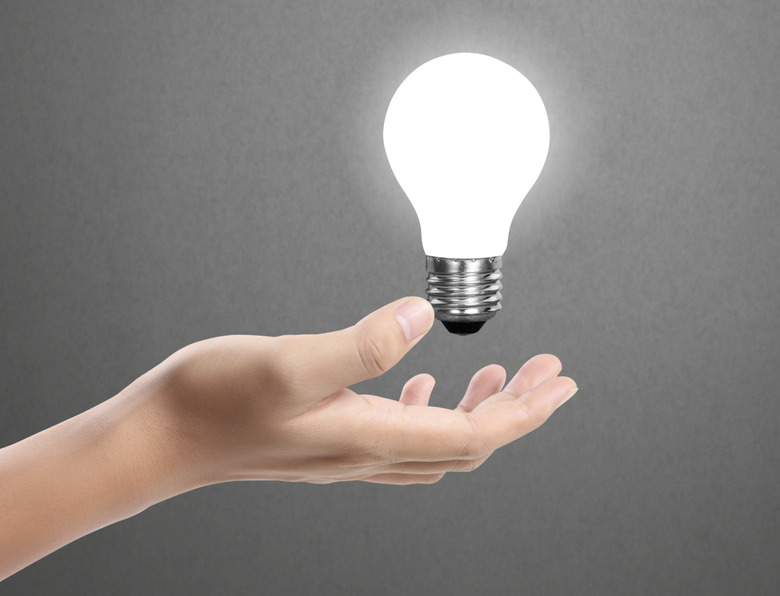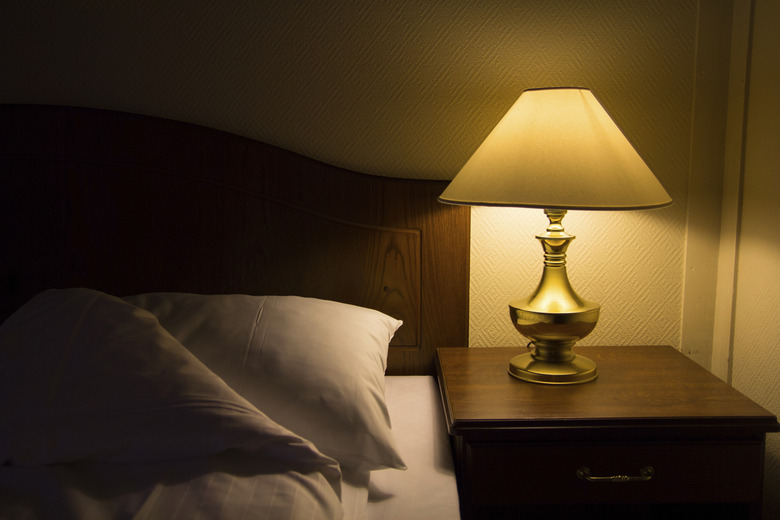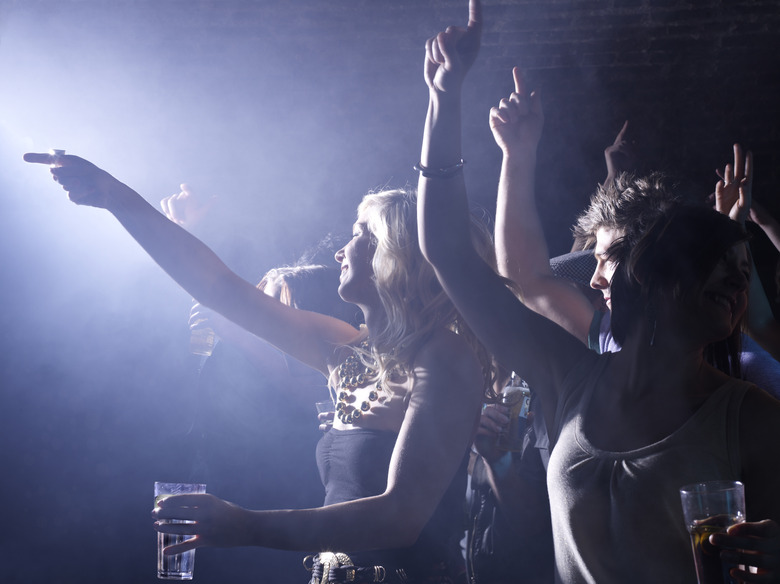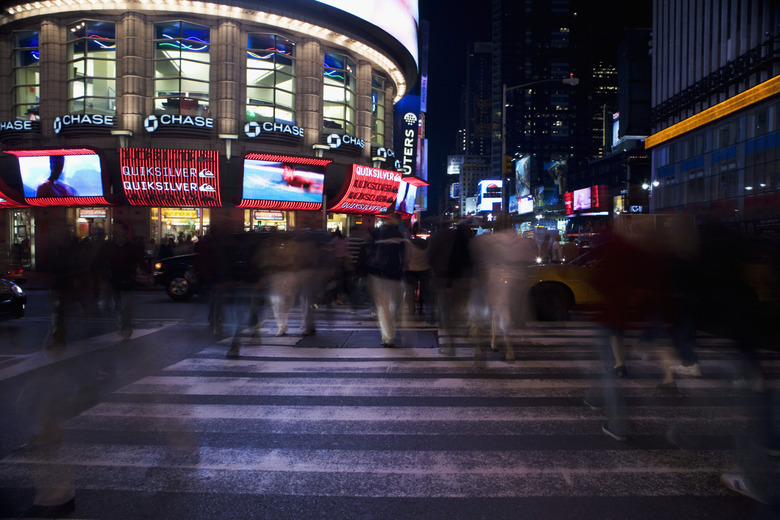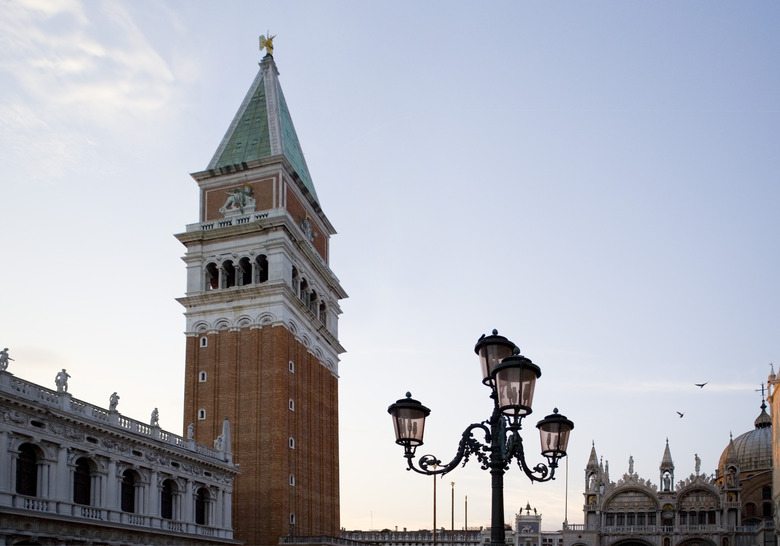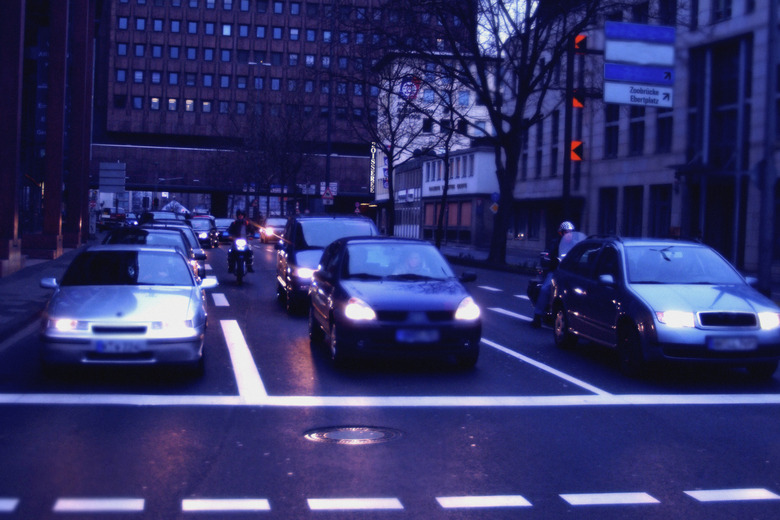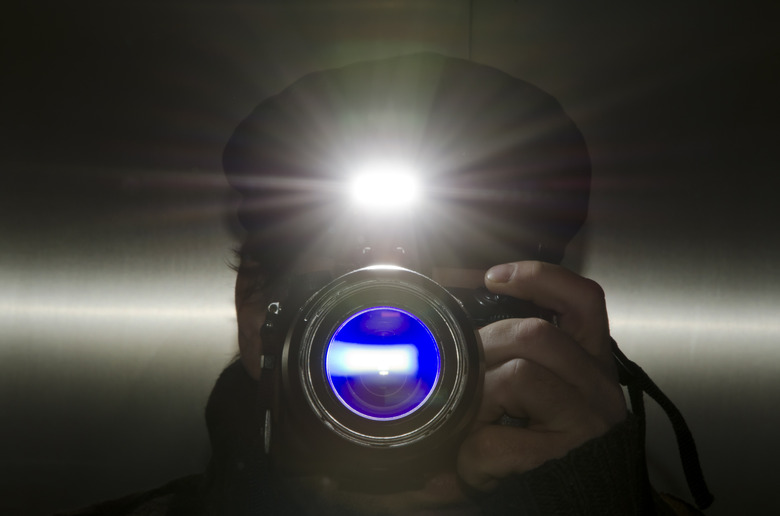Light Bulb Uses And History
We may receive a commission on purchases made from links.
Thomas Edison invented the first commercially used light bulb, but he wasn't the first to create a light source in a bulb. Though light bulbs are a common thing today, they were once a rarity confined to laboratories and the homes of the wealthy. Light bulbs are used in so many ways–at work, at home and for your entertainment–that you may have stopped noticing that they are there.
Origin of the Light Bulb
Origin of the Light Bulb
According to INVSEE, an organization devoted to advancing education, the first incandescent light bulb, which was constructed with a platinum filament by Warren De la Rue, was too expensive to reproduce commercially and met an untimely end. The first commercially viable light bulb was designed by Thomas Edison in 1879. Both types of bulbs were used in lamps to light the inventors' laboratories. However, Edison's model went on to be used in businesses and homes, mainly in lamps until socket wiring became popular.
Event Lighting
Event Lighting
Early theater began with candles, then moved on to oil lamps. Theater lighting was revolutionized by the invention of the light bulb, a longer-lasting and less flammable option. Advances in lighting technology continue to aid theatrical and special effects lighting. Dance events use many types of bulbs, such as LED effects lights and strobe light systems, that are computer-programmed to flash and change color.
Lighting in Advertising
Lighting in Advertising
Light bulbs are a cornerstone of outdoor advertising, especially at night. Signs use light bulbs in many ways: as simple illumination, to backlight sign lettering, or as a flashing attention-getter. Signs use many types of bulbs, including LED, fluorescent, and incandescent lights.
Las Vegas is a testament for the allure of light bulbs — some casinos have thousands of flashing lights to draw customers their way. The Luxor's famous light beam shoots straight up into the sky with the power of 39 Xenon light bulbs. The Neon Museum in Las Vegas houses a graveyard of old signs, which used neon bulbs to garner tourist attention.
Outdoor Lighting
Outdoor Lighting
Lights are used outside to make things visible and keep people safe. You can see light bulbs in street lamps, at bus stops, in parking lots, and at the gas station — its canopy aglow with bright fluorescent bulbs plastering the area above your head. Light bulbs are used to keep areas safe by making them visible and uninviting to potential criminals.
Lighting for Vehicles
Lighting for Vehicles
Light bulbs are used in the cars we drive, and should be used on your bicycle if you ride at night. They are used in car headlights, as well as in the dome light. Some cars have a light bulb in the glove compartment or storage console. There also may be one in the trunk.
Bicycle lights make a bicyclist visible to cars and pedestrians at night. A typical bike light setup will have a clear white headlight in front and a red LED light in back. Some bike lights flash the rear LED for additional safety.
Photography Lighting
Photography Lighting
Light bulbs are used in film and photography to give better definition to the subject and to control any shadows that might appear in the photograph. Professional photographers often have a setup with reflectors to direct the light produced by the bulbs.
Light bulbs are used in flash photography to light up an area so it can be more clearly photographed. It is frequently used in action photography to get a clear shot of a moving subject. Though the light bulbs in older cameras used to be single-use flash bulbs, modern cameras have flashes that can be used many times without being replaced.
